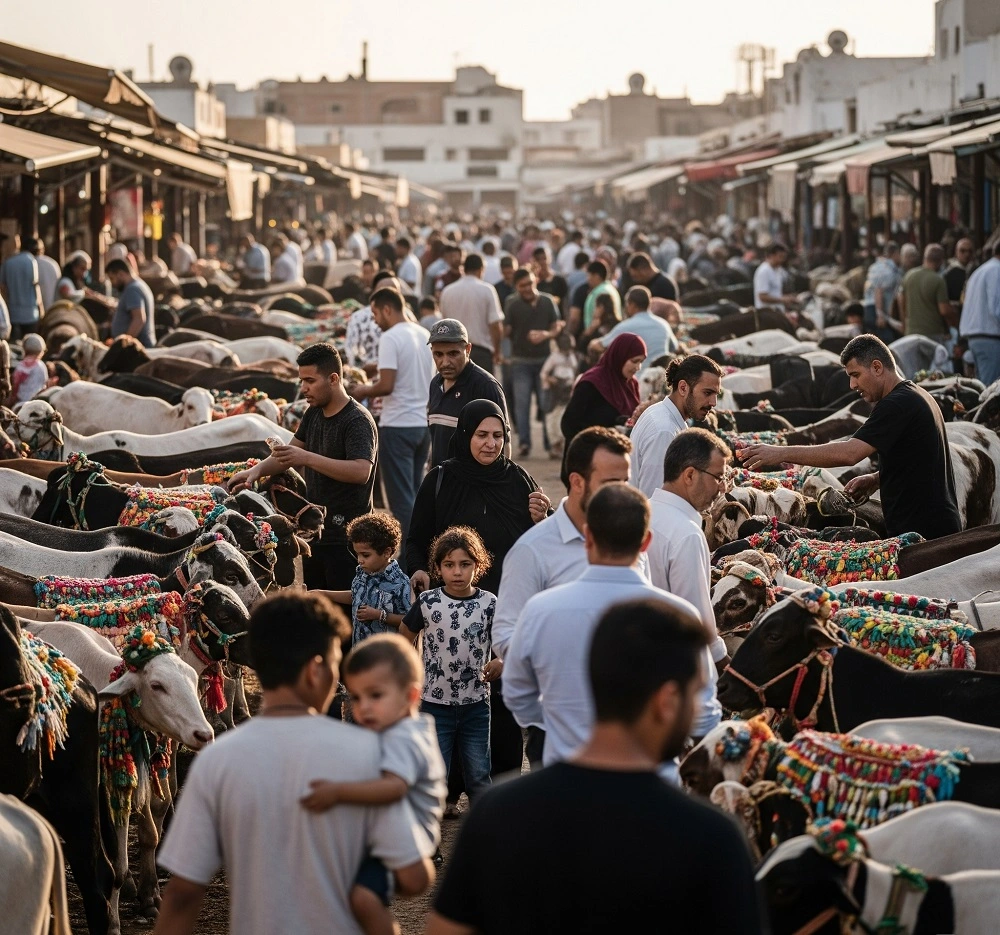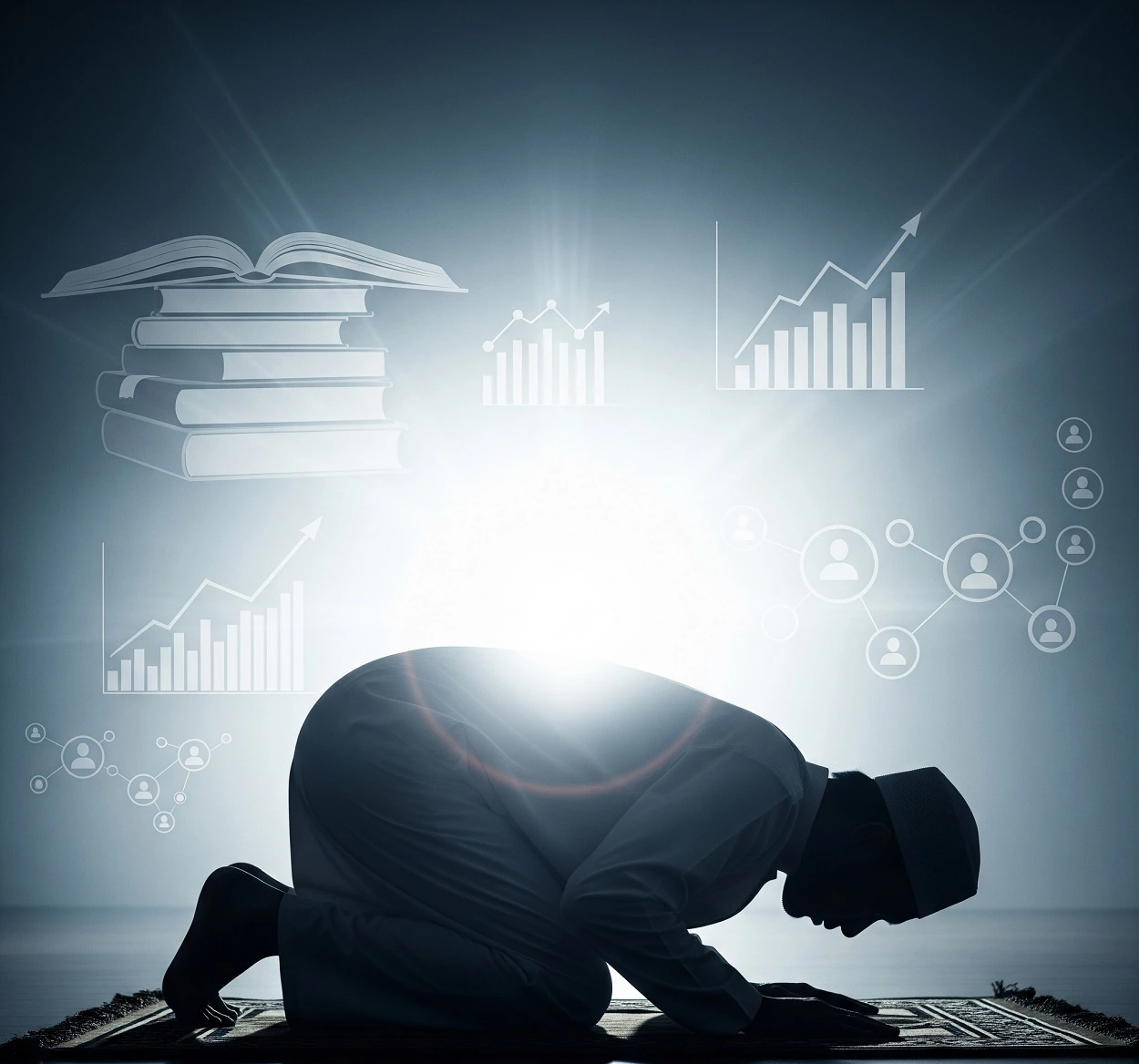Qurban in Islamic Economic Perspective: Worship's Contribution to Community Economy and Social Justice
A deep dive into the positive economic impact of Qurban worship on Eid al-Adha. This article explains how Qurban acts as a wealth redistribution instrument, a local economic stimulus, and a key to reducing social inequality within the framework of Islamic economics.

Eid al-Adha and the Qurban ritual are often understood purely as spiritual acts, a manifestation of a servant’s obedience to Allah SWT. However, when viewed from a broader perspective, especially through the lens of Islamic economics, Qurban worship has a far deeper dimension and a significantly positive economic impact on the entire community’s economy.
More than just meat distribution, Qurban in the Islamic economic perspective is a powerful instrument for wealth redistribution, a local economic stimulus, and fundamentally contributes to reducing social inequality. This article will explore how the Qurban ritual functions as an economic engine, creating justice and solidarity within society.
Qurban as a Wealth Redistribution Instrument in Islamic Economics
One of the fundamental principles of Islamic economics is the equitable distribution of wealth and the prohibition of wealth accumulation by a select few. In this context, Qurban worship serves as one of the effective mechanisms to realize this principle.
- Direct Wealth Transfer: Qurban is a tangible form of wealth transfer from those who are able (the Qurban performer) to those in need (the recipient of the Qurban meat). This isn’t just ordinary charity but an obligation rooted in gratitude and care. The distributed meat directly increases the real purchasing power of recipients, or at least frees up a small portion of their limited budget to be allocated to other necessities.
- Reducing Nutritional Disparity: For many underprivileged families, meat is a luxury commodity. The distribution of Qurban meat ensures they receive quality animal protein, which they might rarely enjoy. This directly contributes to improving community nutrition, especially for children, and ultimately enhances the quality of human resources.
Local Economic Stimulation: Qurban’s Benefits for Economic Growth
The economic impact of Qurban isn’t limited to meat distribution; it also sparks economic activity in various sectors.
- Increased Demand for Livestock: Long before Eid al-Adha arrives, the demand for livestock (cattle, sheep, goats) surges dramatically. This blesses local farmers, both small and large-scale. They gain market certainty and better prices, encouraging them to increase production and improve their welfare. This is a direct stimulus for the national halal livestock industry.
- Driver for Related Industries:
- Feed and Animal Medicine Suppliers: Farmers increasing production will need more feed and animal health services.
- Logistics and Transportation: Transporting animals from farms to major cities or slaughter locations requires transportation services.
- Slaughtering and Processing: The need for slaughterers, equipment, and meat processing labor (chopping, packaging) sharply increases.
- Traditional Markets: Increased sales of ropes, cutting tools, scales, and other Qurban-related equipment.
- Creation of Temporary Jobs: The Qurban season creates thousands of temporary jobs, from seasonal herders, animal traders, butchers, to meat distribution volunteers. This provides additional income for many families.
Qurban as a Catalyst for Reducing Social Inequality
Social inequality is a major challenge in any economy. Qurban worship is intrinsically designed to be an antidote to this disparity.
- Philosophy of Sharing: The essence of Qurban is sharing, not hoarding. This counters the greed and wealth accumulation that often underlie inequality. In Islamic economics, wealth is a trust and has rights for others.
- Social Inclusion: When the needy receive Qurban meat, they feel recognized, valued, and part of the celebration. This builds a strong sense of togetherness and reduces feelings of marginalization. Eid al-Adha solidarity becomes tangible.
- Improved Quality of Life: With some basic food needs met, underprivileged families can allocate their limited resources to education, healthcare, or other essential needs, which can ultimately help them escape the cycle of poverty in the long run. This is a long-term investment for a more equitable community economy.
Guidelines for Qurban Meat Distribution: Maximizing Economic and Social Impact
To ensure the economic impact of Qurban is truly optimal, the distribution of Qurban meat must be done fairly and strategically.
- Accurate Data Collection of Recipients: Conduct surveys or coordinate with social institutions and community leaders to identify the families most in need. This ensures helping the needy is targeted effectively.
- Transparency and Accountability: Qurban organizers must maintain transparency in managing funds and meat, from animal purchase to distribution, to maintain the trust of Qurban performers.
- Prioritize Local Farmers: Purchasing Qurban animals from local farmers can better optimize economic stimulus at the grassroots level, rather than buying from large importers.
- Distribution Efficiency: Utilize technology and volunteer networks to ensure Qurban meat can reach remote areas or regions with limited access.
Conclusion: Qurban, More Than Worship, a Foundation for a Just Economy
Qurban in the Islamic economic perspective is clear proof that Islamic law not only regulates the relationship between humans and God but also provides an equitable and prosperous economic framework. This worship intelligently integrates spiritual dimensions with concrete positive economic impacts.
From effective wealth redistribution, economic stimulation in the livestock sector and related industries, to reducing social inequality and strengthening social solidarity, Qurban is a valuable asset for the community’s economy. By understanding and optimizing every aspect, we can make Eid al-Adha not just a religious celebration, but also a driving force for inclusive and sustainable economic development for all segments of society.






Comments